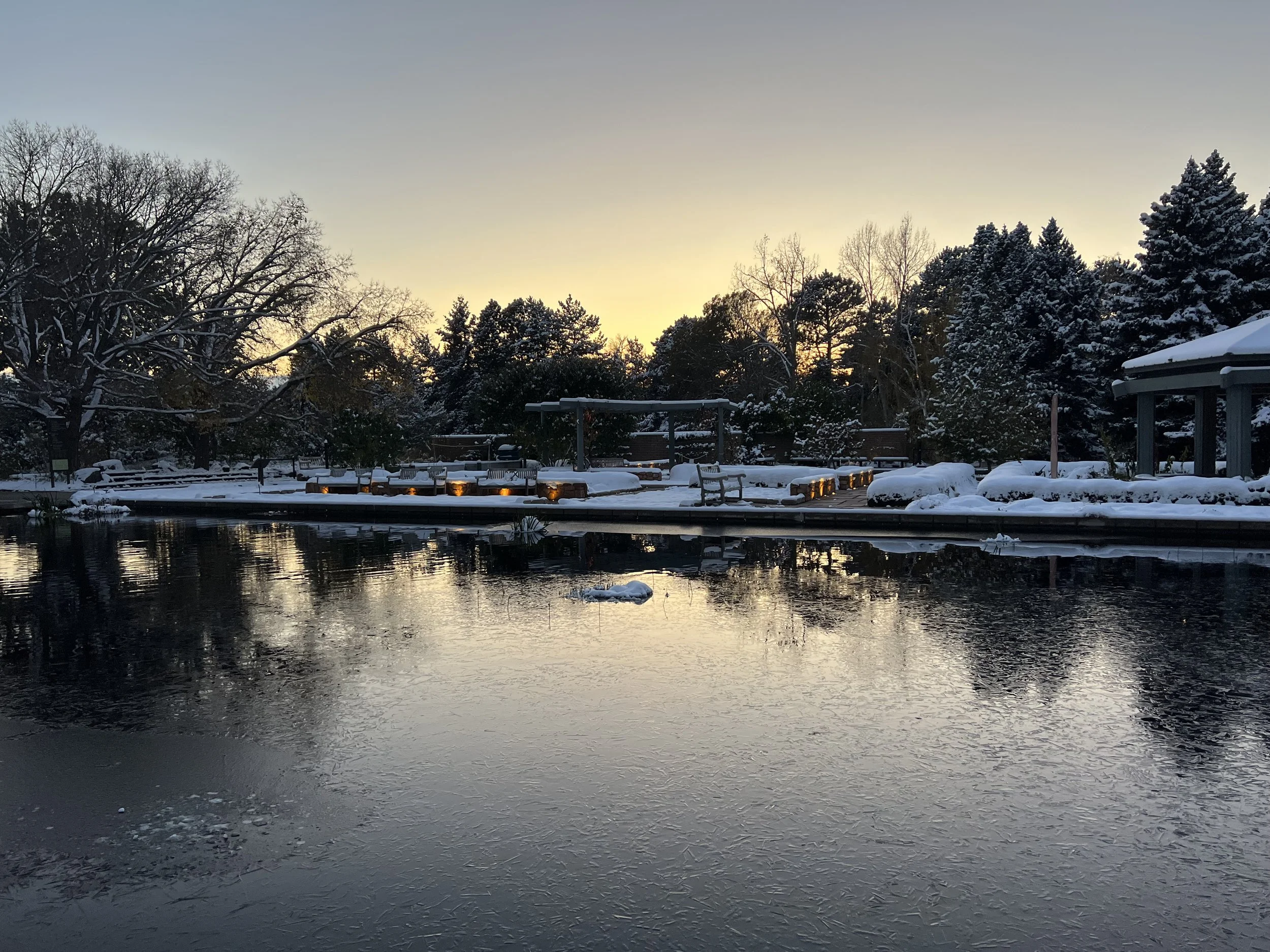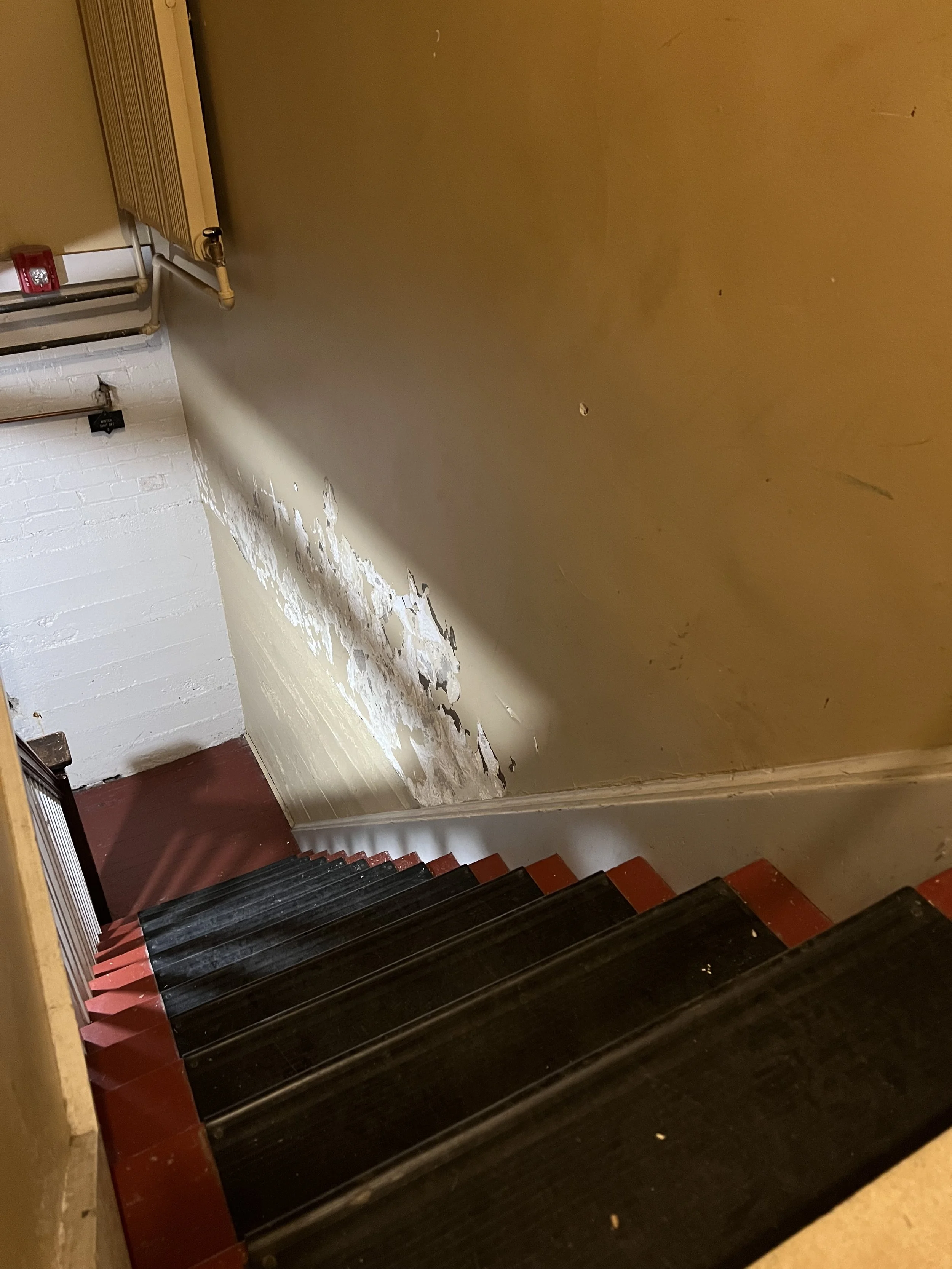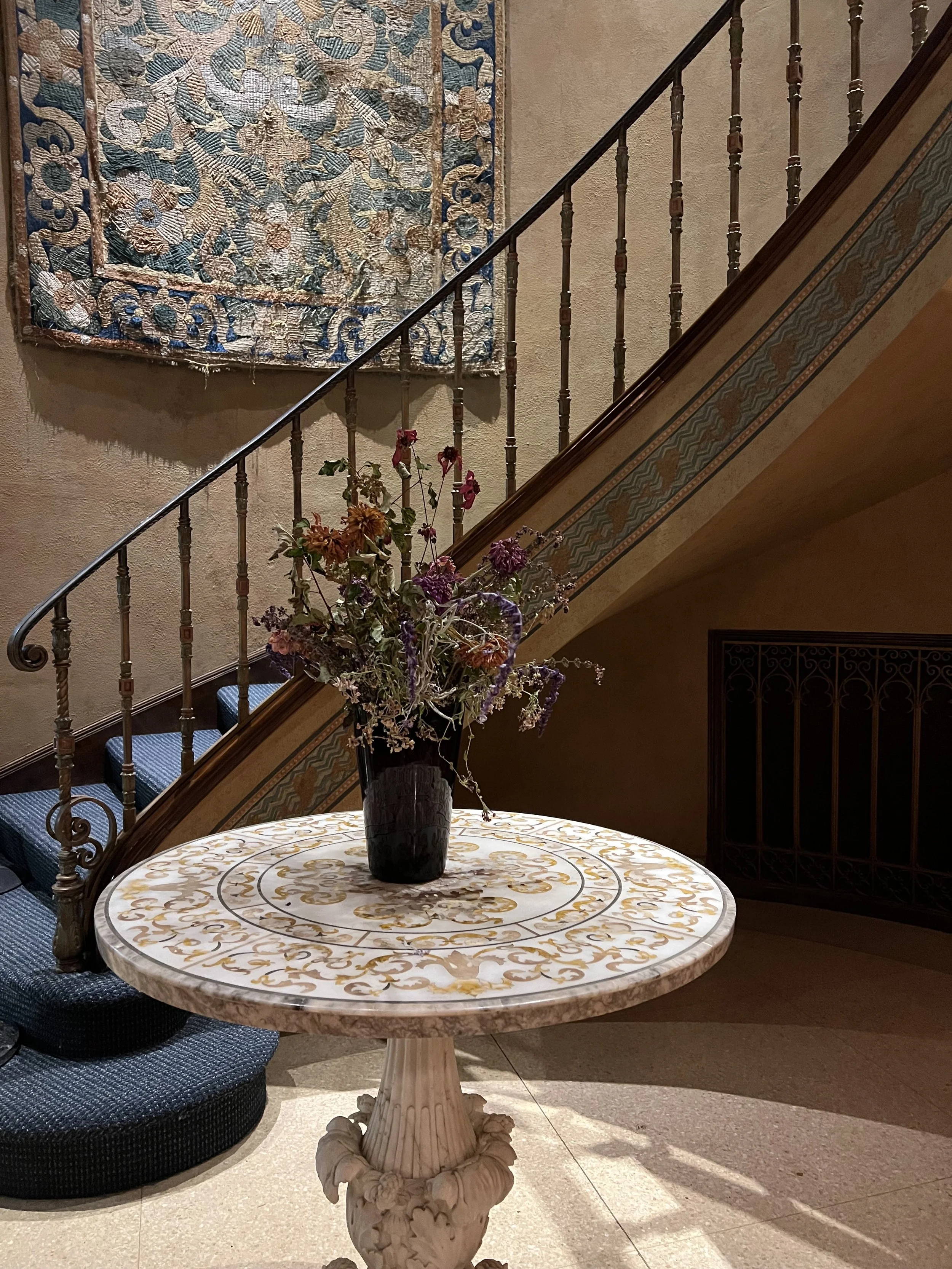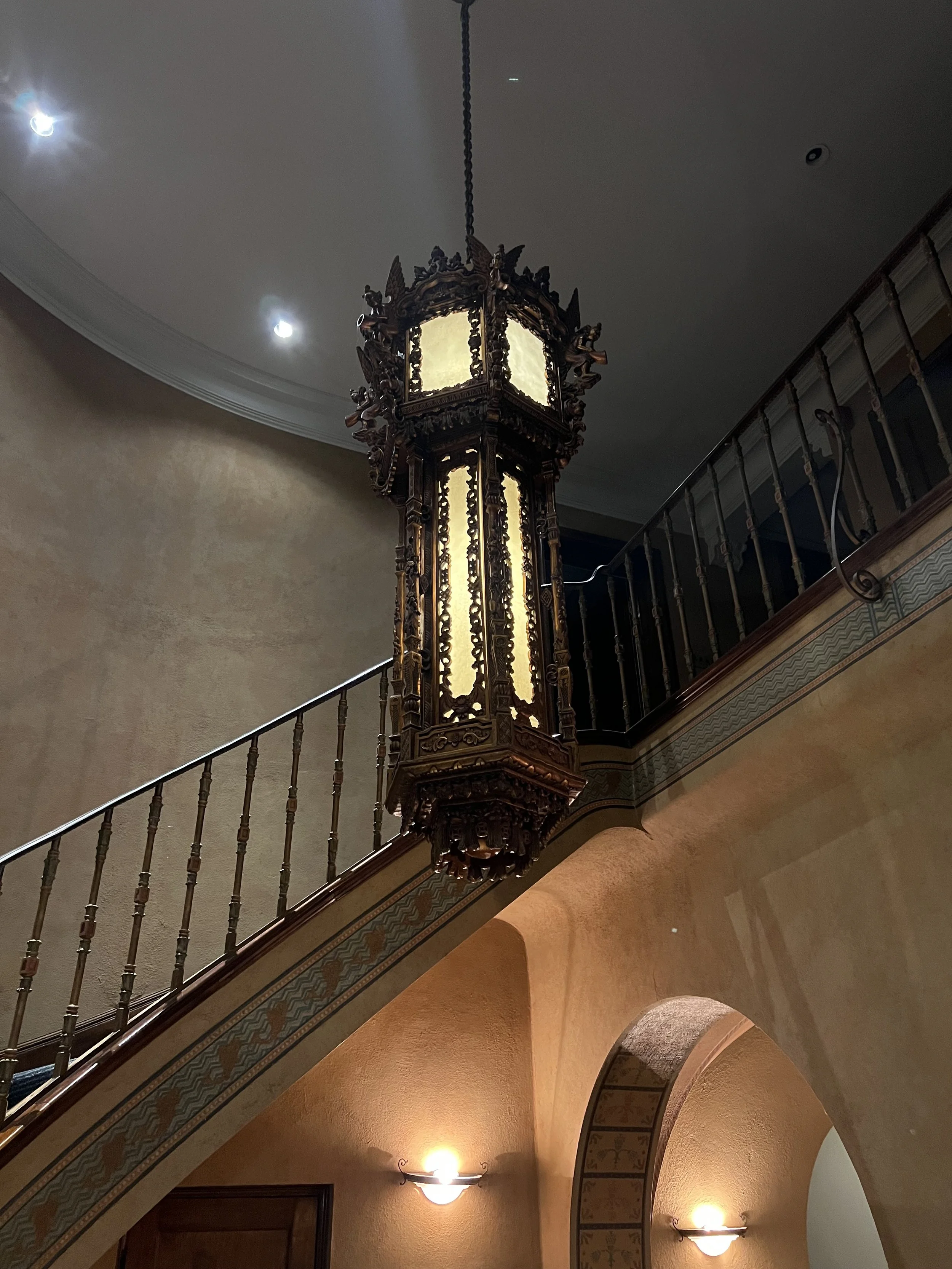By Austin Price, Editor in Chief
Alright everyone, it’s the moment you’ve all been waiting for. Well, it’s the moment I’ve been waiting for anyways. After a month of our special Spooky Series, it’s time for the grand finale. And after a month of crime reporting and storytelling, of legend seeking and secret exposing, and of tradition telling and origin exploring, it’s time to review an actual, haunted, thrilling, and completely creepy event that happened here in our very own, Denver Colorado. Ladies and gentlemen, I give you an honest, raw, and intense review of the Denver Botanical Gardens Halloween Event, Ghosts in the Garden.
As a Colorado native, visiting the Denver Botanical Gardens has been on my Denver to-do list for quite a long time. A few weeks ago, I went for the first time to celebrate my birthday. I loved it. Before we get into the review of Ghosts in the Garden, it’s important to acknowledge that the Gardens look much different in early September than they do in late October. When I went in September, the sun was shining, the birds were chirping, and the Garden was packed to the max with visitors. This was a very different atmosphere from that of Ghosts in the Garden.
On Sunday, October 28th, I attended Ghosts in the Garden in the early hours of the evening. As you may have noticed, it was freezing this past weekend as Colorado experienced its first official snowfall of the season. However, just as the ghostbusters ain’t afraid of no ghosts, I ain’t afraid of no cold, and chose to continue with my plans to attend this event. To be entirely honest, I was shaking from the cold and my hands were purple and I felt borderline sick after the experience, but it was worth it.
The Denver Botanical Gardens annual October event, Ghosts in the Garden, is a storytelling, interactive experience centered around the haunted history of the Gardens and the sinister sins that occurred in this now beautiful tourist attraction. Our evening began with a meeting outside at the edge of the Water Gardens with a twisted tale of the history behind the geography and former use of the Botanical Gardens property.
The edge of the Water Gardens in the Denver Botanical Gardens. Photo by Austin Price
Bodies Under the Botany
As with all good, haunted locations, the initial use of the land was for a cemetery. The Denver Botanic Gardens, along with nearby Cheesman Park and Congress Park, sit atop what used to be Prospect Hill Cemetery. Although the majority of bodies were removed in 1893, they continued to be discovered and removed as late as the 1950s. It’s important to know that the remaining bodies left in Prospect Hill Cemetery were those of people that were considered outcasts. These people were oftentimes labeled as “insane” or those who were homeless and abandoned in their death, with no families to claim or honor their bodies. Because of this, the outcasts were left in the cemetery until enough complaints prompted the city to carelessly and callously remove them.
Because of the neglectful process of human remains elimination, the bodies would rot and decompose without proper attention, leaving piles of bones in the ground. These piles are still being discovered. As recently as 2010, graves were uncovered during renovation of the park's irrigation and sprinkler systems. So next time you’re walking through the gardens, just remember, you're walking on dead people. Have fun!
Spooky Spirits
Our next story was that of reported apparitions. These reports are still occurring to this day, oftentimes by the Botanical Gardens stall members, specifically by their security guards and gardeners. While these reports vary in specificity and in detail, they all follow the standard structure. Apparitions and ghostly figures will float down the main pathway, heading directly for the Water Gardens, and consequently, the emergency exit gates.
Our guide informed us of a multitude of spooky spirit encounters with ghosts of all forms, varying in age, race, and sex. However, my personal favorite story is that of a beautiful woman, sitting on the edge of the lake. The story goes that one day, a security guard was making his rounds to ensure all guests had vacated the premises before the gates were locked for the night. As he walked down the main pathway, towards the Water Gardens, he noticed a slim, pale figure sitting on the edge of the lake. With the distance closing between himself and this phantom, he realized it was a beautiful woman, dressed in a lace nightgown, with long, gray hair flowing behind her back, and her feet, dangling in the cold water of the lake.
Because of closing time and the impending lockdown of the Gardens, the guard called out to the woman, saying it was time for her to leave. She made no response. Thinking that the woman couldn’t hear him, the guard increased his pace and called out to her again. He offered to escort her to the exit to ensure she had a safe departure. Still, the woman gave no response.
At this point, the guard began to feel frustrated. It had been a long day of surveillance for him, and he was ready to go home. Again, he called out to the woman telling her to leave with an aggravated tone. Once more, the woman did not move an inch. The guard began to round the outskirts of the lake, getting him to the same side she was on. As he approached her, the woman stood, passed by the guard, and confidently and calmly walked through the closed back gate. The guard, obviously in shock, stood at the lake for quite some time processing what he had just witnessed. Eventually, his shock wore off and he ran to the security office to check the cameras. No figure appeared on any of the tapes. But, to this day, the security guard swears up and down on the validity of this interaction.
The bank of the water gardens where the mysterious woman was reportedly seen, soaking her feet in the water. Photo by Austin Price
A Haunted House
As the tour continued and more and more stories were told, we made our way to the final stop of the evening, The Waring House. Named after its donor, Ruth Waring, the Waring house sits on the southeast edge of the Gardens, next to the Chihuly sculpture in the Ellipse Garden. This gorgeous mansion was built in the early 20th century, by a wealthy family consisting of Richard Campbell, his wife, and their servants. While this picture perfect, mansion, designed by Jules Jacques Benois Benedict to reflect Norman/Romantic Revival influences and offers Beaux-Arts style, it was filled with much more horror than ever expected.
Reportedly, three people died in this house. The first was Jack, a child of one of the servants. Jack often accompanied his mother when she worked in the Campbell’s home and would be left to play unattended in the mansion. One day, while running around the house, Jack fell down a large staircase and died from his injuries.
The staircase where young Jack met his untimely and tragic death. Photo by Austin Price
The second person to die in the Waring House was Richard Campbell’s wife. Mrs. Waring died at a young age due to a horrific diagnosis of cancer. While more specific details are unknown, Mrs. Campbell died a slow and painful death, leaving behind her devastated husband.
The foyer of the home, featuring the grand staircase that led to the Campbell’s master bedroom, the place of Mrs. Campbell’s death. Photo by Austin Price
Upon the tragic death of his beloved wife, Richard Campbell was left alone in his grief. As he struggled to accept the loss of his partner and soulmate, grief overtook Richard. Legend has it that he died of a broken heart, unable to cope with the loss of his wife.
An iron made; custom chandelier illuminates the dark hallway that leads to the Campbell’s master bedroom. Photo by Austin Price
On that happy note, our tour concluded. After a night of getting the heebie-jeebies and feeling mesmerized by the haunted history of the seemingly charming and innocent Denver Botanical Gardens, Ghosts in the Garden came to an end. Personally, I don’t think I will ever be able to visit the Gardens again without replaying these stories in my head. But, as a haunted historian and supernatural fanatic, I loved the tour and recommend it to anyone who loves a good old classic, scary story.
And that my friends, concludes our Spooky Series. To all of you who have stuck with me throughout my favorite month of the year, thank you. I appreciate you taking this journey into everything scary and surreal with me as your guide. While I’m sad our series has come to an end, I look forward to once again exposing the histories, legends, and spooky greatness of October with you all next year, in a continuation of Spooky Series, volume 2. Until then, thank you, stay spooky, and Happy Halloween.





